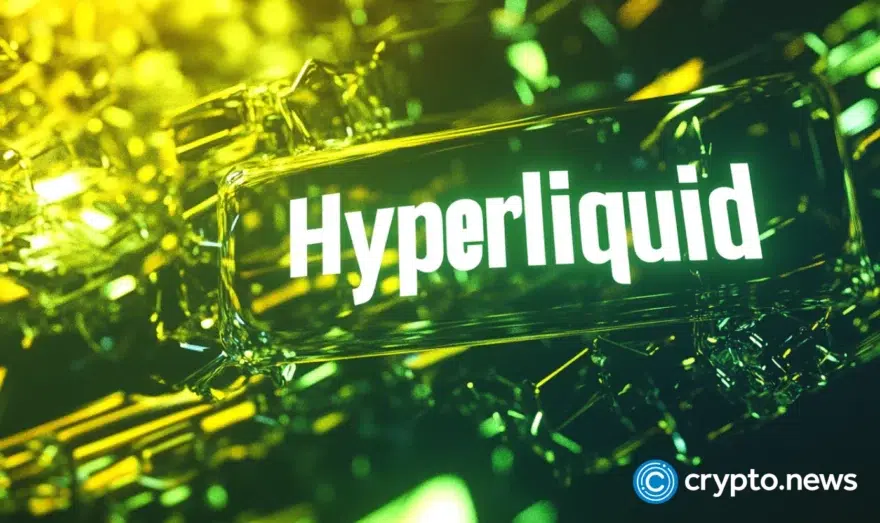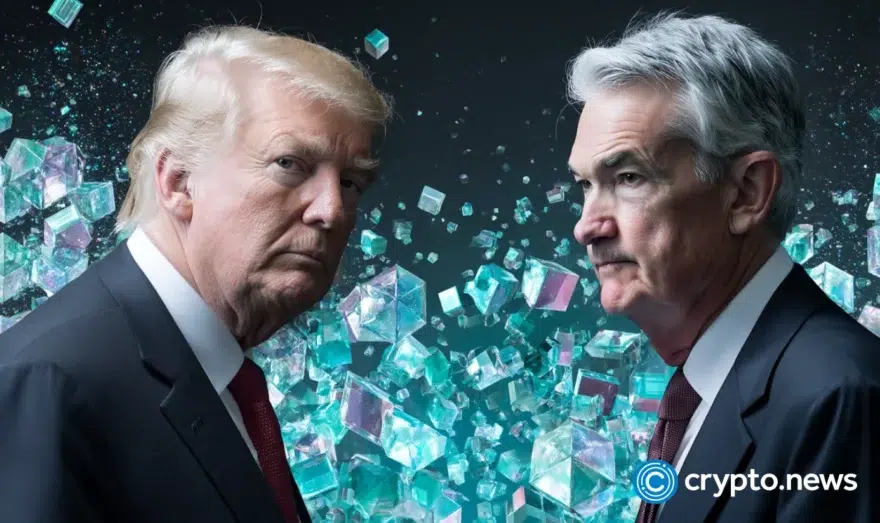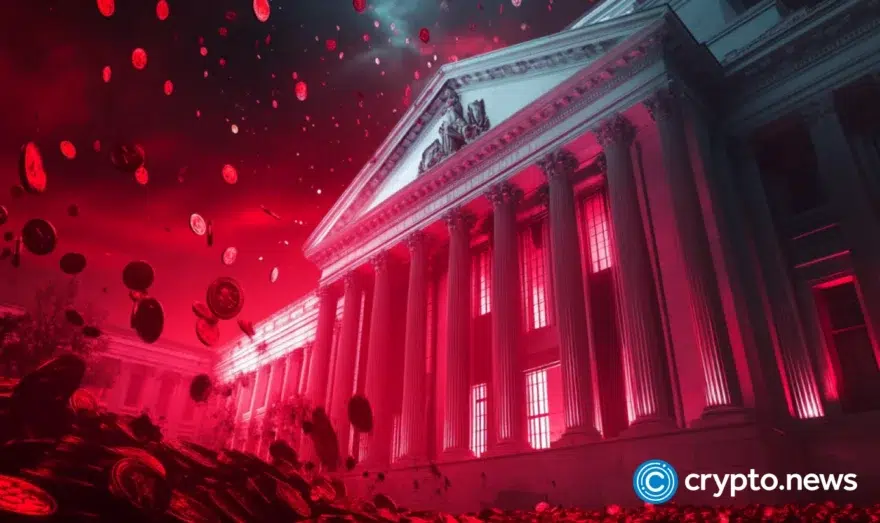GameFi is a Ponzi scheme? Alessio Vinassa rethinks incentives in play-and-earn economies

Disclosure: This article does not represent investment advice. The content and materials featured on this page are for educational purposes only.
GameFi promised real earnings through blockchain gaming, but early failures raised doubts. Is the model flawed — or evolving?

GameFi, the fusion of gaming and decentralized finance, rose quickly, attracting millions with the promise of “play-to-earn.” Players could earn real-world value by participating in blockchain games, often through NFTs, staking, and tokenized rewards. But just as quickly, criticism flooded in.
“GameFi is just another Ponzi scheme,” detractors claimed.
And in many early cases, they weren’t entirely wrong. GameFi’s first wave included platforms with unsustainable reward models, hyper-inflated tokens, and minimal gameplay. These projects promised high returns but collapsed when new user inflow dried up, a classic hallmark of Ponzi-like dynamics.
But does this mean the entire model is flawed? Or have we simply misunderstood what sustainable decentralized gaming could look like?
This article explores the real potential of GameFi when it’s built on substance, not speculation.
The early mistakes of GameFi
Many early GameFi projects focused on:
- Token rewards with no intrinsic value.
- Economies that relied on constant new users to fund old ones.
- Low-quality games where the “earning” aspect overpowered fun or gameplay.
- NFT inflation that diluted long-term value.
As Alessio Vinassa, entrepreneur and a visionary in the eb3 space, notes: “Early GameFi tried to financialize gaming without understanding gamers. Real value comes when users are drawn by experience first, and incentives second.”
Projects that prioritized yield over user experience naturally collapsed under their own weight.
Rethinking what GameFi should be
To evolve beyond its Ponzi-scheme reputation, GameFi needs to embrace sustainability, engagement, and fair economics. That means moving away from the “get rich quick” narrative and toward models where:
- Gameplay is central, not secondary.
- Incentives are earned through meaningful contribution, not simply clicking buttons.
- Digital ownership aligns with player value creation.
- Communities co-govern economies through DAOs and transparent smart contracts.
GameFi done right is about player empowerment, not exploitation.
Why GameFi still matters
Despite the setbacks, GameFi still holds promise for reshaping how value is created and shared in digital ecosystems.
Here’s what sustainable GameFi looks like:
1. Ownership-driven models
GameFi leverages NFTs to give players actual ownership of assets like characters, items, land, and achievements. Unlike traditional games, where assets are locked into centralized servers, web3 games allow players to trade, lend, or port their items across platforms.
This creates open economies owned by players, not corporations.
2. Interoperability and cross-game economies
With blockchain standards (like ERC-721), items from one game can be used in another. Imagine owning a sword in Game A and being able to wield it l, or sell it, in Game B.
This interoperability adds longevity to digital items and deepens value creation internationally.
3. Community-led governance
Through DAOs, communities can vote on key aspects of game development: balancing tokenomics, deciding updates, and setting the rules for in-game economies.
Alessio Vinassa emphasizes: “Gaming communities are some of the most passionate in the world. When given real ownership and governance tools, they become the best stewards of a game’s long-term success.”
4. Fairer monetization for developers
Instead of relying on predatory microtransactions or ad-based models, developers can earn through transparent, on-chain revenue sharing. GameFi opens up new ways to fund game development without centralized publishers taking the lion’s share.
5. Skill-based earning and contribution rewards
Instead of yield farming, emerging GameFi models reward skill, creativity, and social contribution. For example:
- Winning tournaments
- Creating user-generated content
- Moderating communities
- Developing mini-games or in-game assets
In this system, earning reflects participation and value, not just token speculation.
Lessons from the fall and a path forward
The criticisms of early GameFi were not unfounded. But they reveal a deeper insight: blockchain alone doesn’t make a game better. It must enhance the player experience, not replace it.
Done correctly, GameFi is not about earning money for grinding tasks, it’s about giving players real ownership, real influence, and real incentive to build vibrant ecosystems.
As Alessio Vinassa puts it: “Gaming doesn’t need to be financialized — it needs to be democratized. The future belongs to players who own, govern, and grow the worlds they love.”
Key takeaways
- Many early GameFi projects failed due to unsustainable economic models and lackluster gameplay.
- The real power of GameFi lies in digital ownership, community governance, and interoperability.
- Sustainable GameFi prioritizes experience, fairness, and meaningful contribution—not speculation.
- Developers and players alike stand to benefit from new monetization and governance structures.
- With leaders like Alessio Vinassa driving ethical innovation, GameFi is poised to evolve into a legitimate force within the broader web3 ecosystem.
Conclusion
GameFi’s rocky start shouldn’t define its future. Yes, some models mimicked Ponzi dynamics but that’s not an indictment of the underlying potential. Instead, it’s a call to build better, smarter, more player-centric platforms.
The next generation of decentralized games won’t just pay players — they’ll empower them to shape, own, and thrive within the very worlds they play in.
To know more about Alessio Vinassa, visit the official website, X and Instagram.
Disclosure: This content is provided by a third party. Neither crypto.news nor the author of this article endorses any product mentioned on this page. Users should conduct their own research before taking any action related to the company.














